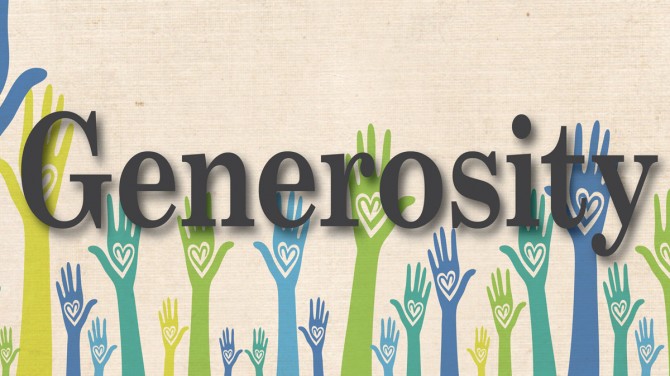 Nonprofit executives and board members have been encouraged to create a “culture of philanthropy” in their organizations for years.
Nonprofit executives and board members have been encouraged to create a “culture of philanthropy” in their organizations for years.
A “culture of philanthropy” is a culture where askers and givers know that they are seen as human beings. “Askers” respect “givers” and want to know what they care about. They are not interested in just “extracting funds” from another person. Leaders in nonprofits can do a lot to model, and expand the opportunities for, that appreciation.
Here are three concrete steps that nonprofit leaders can take in the next month to promote a culture of philanthropy:
*Dream & Share. Write a one-page summary of a growth initiative, new program, or wild idea that you want to tackle in the next year. Ask board members to each call five supporters and say:
“We have a new idea that we’re excited about, but we’re not sure we got all the details right. We would like to get your feedback because [you are a successful entrepreneur OR you have so much experience with non-profits OR you have had such good insights about this organization in the past].”
At the end of those conversations, you will have a stronger plan, better understanding of your top donors, and a head start in asking each of them for a special gift. And your board members will have done a valuable service that is not fundraising.
*Thank You Phonathon for Donors. Ask each of your program leaders to set aside an hour to call top donors to say “thank you for your generosity.” Everyone likes to be thanked. If someone doesn’t answer, a message on an answering machine is great. Your donors will be happy that they were noticed, and your program staff will be empowered by the understanding that there are people who care a lot about what they do.
*Thank You for Staff. Take the fundraising team out for coffee. Ask what you can do to make their jobs more successful. Ask what you can do to remove divisions between them and their colleagues. Ask what extravagant success would look like.
Showing true appreciation of others – donors and staff – can help build a culture of philanthropy into something even much more – a culture of mutual generosity.